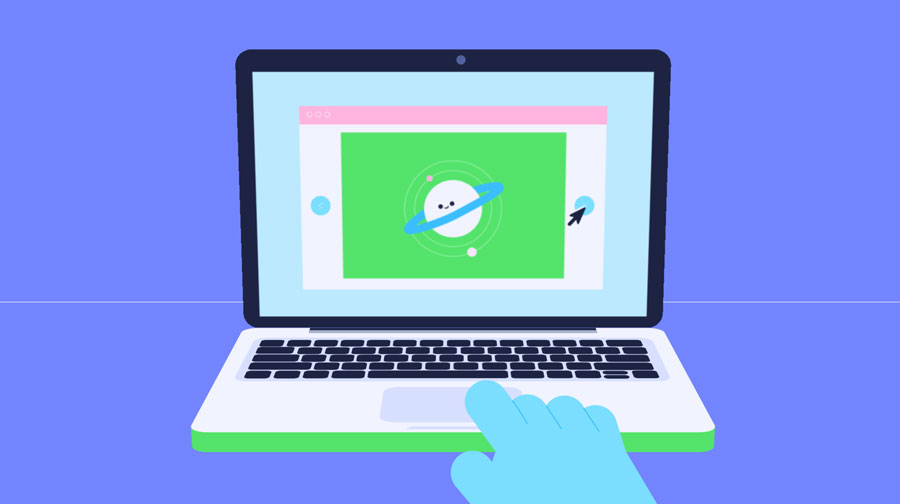We will study so I can to by .
A mouse is a handheld device that lets you point to objects on the screen, click them, and move them. Take a look at the diagram below to learn the different parts of a typical mouse.
To scroll through this lesson, you can use your keyboard’s down arrow key or your mouse’s scroll wheel.

There is a proper technique for holding the mouse, allowing you to make use of all its features while also feeling comfortable. Follow the directions below and learn how!

For better or worse, most computer programs depend upon the mouse. The activities below will help you to practice the various tasks you can perform with a mouse.
Let’s start off with clicking. When you click, you’re interacting with the computer, telling it what to do. In order to click, press and release the left mouse button with your index finger.
Try it now by clicking on the button below!
In many instances, when you place the cursor over an icon, it will change its appearance. This is called a rollover effect. It might mean that you can interact with the icon, or maybe it’s just highlighting where you cursor currently is.
Hover your cursor over the icons below to see some different rollover effects.
A double click is when you quickly click the mouse button twice. This can be used to open folders, files, or start programs on your desktop.
Practice double clicking in the activity below.
You may sometimes need to drag and drop icons to move them around. This can be used to place files in new folders, delete them, and more.
Practice your drag and drop skills by constructing the robot below!












Now let’s try dragging and dropping things in a more practical manner. To tidy up your desktop below, drag and drop the files into their appropriate folders.
Your mouse can be used for more than just clicking on buttons and web links. When working with text or using your web browser, it has a lot of extra capabilities that can help you save time. By using double-clicks, triple-clicks, the right button, and the scroll wheel, you can quickly select text, display menus, and change views.

If you are new to using a mouse, you can go to our Mouse Tutorial for instruction and practice.
A laptop has a mouse built-in called a trackpad (also known as a touchpad). Similar to the mouse, it has the ability to double-click and triple-click, but right-clicking and scrolling is different. We’ll continue to mention how a trackpad works differently throughout the lesson.

You probably already double-click with the left button on a mouse or two clicks on a trackpad to open files and applications, but you can also double-click to perform other tasks. When working with text in a word processor or email, double-clicking a word automatically selects the word. You can then copy, delete, or add formatting to the text.

Many people don’t realize that triple-clicking with the left button on a mouse or three clicks on a trackpad is a useful shortcut for making selections in many situations.


In many applications, right-clicking displays a contextual menu. For a mouse, you’ll click the right button, but for a trackpad, it’ll be the right side of the trackpad . Depending on what you’ve selected and where you click, the options on the menu will be relevant to the context you’re in.



If you are using a Mac computer and your mouse is not right click-enabled, Ctrl+click is usually the same as right-clicking. This also works for laptops with trackpads.
A mouse has a scroll wheel while a trackpad doesn’t. For a trackpad, you’ll need to use two fingers to swiped up or down to scroll. You may find scrolling useful in some applications (like with your web browser).


Open a word processor (like Microsoft Word), and try using mouse and trackpad shortcuts to perform the following tasks:
Lorem ipsum dolor sit amet, consectetur adipiscing elit. Fusce cursus vehicula mauris at interdum. Donec sit amet tincidunt urna, in bibendum lectus. Nunc tempus sagittis erat id mollis. Aenean lobortis molestie mi sit amet gravida. Integer tempus massa at est convallis, eu pulvinar lectus interdum.